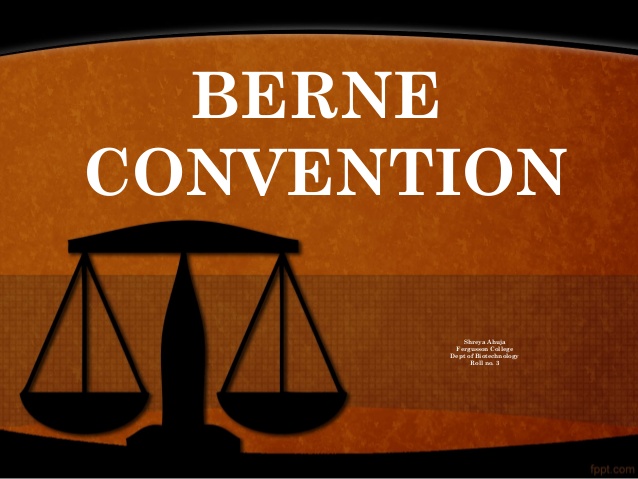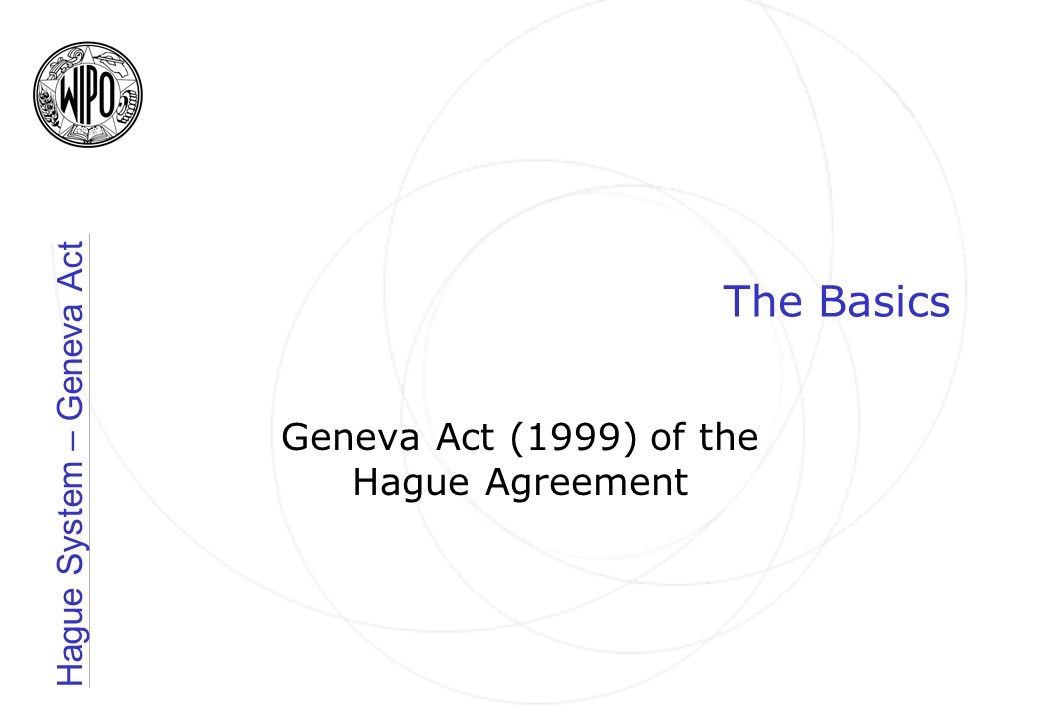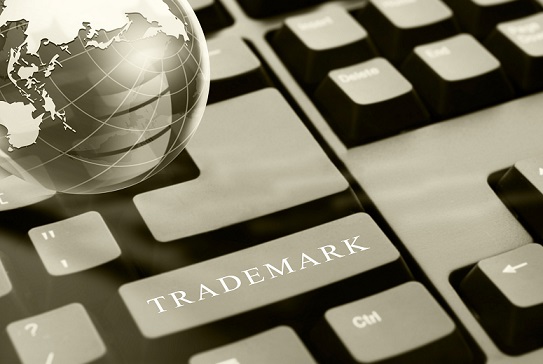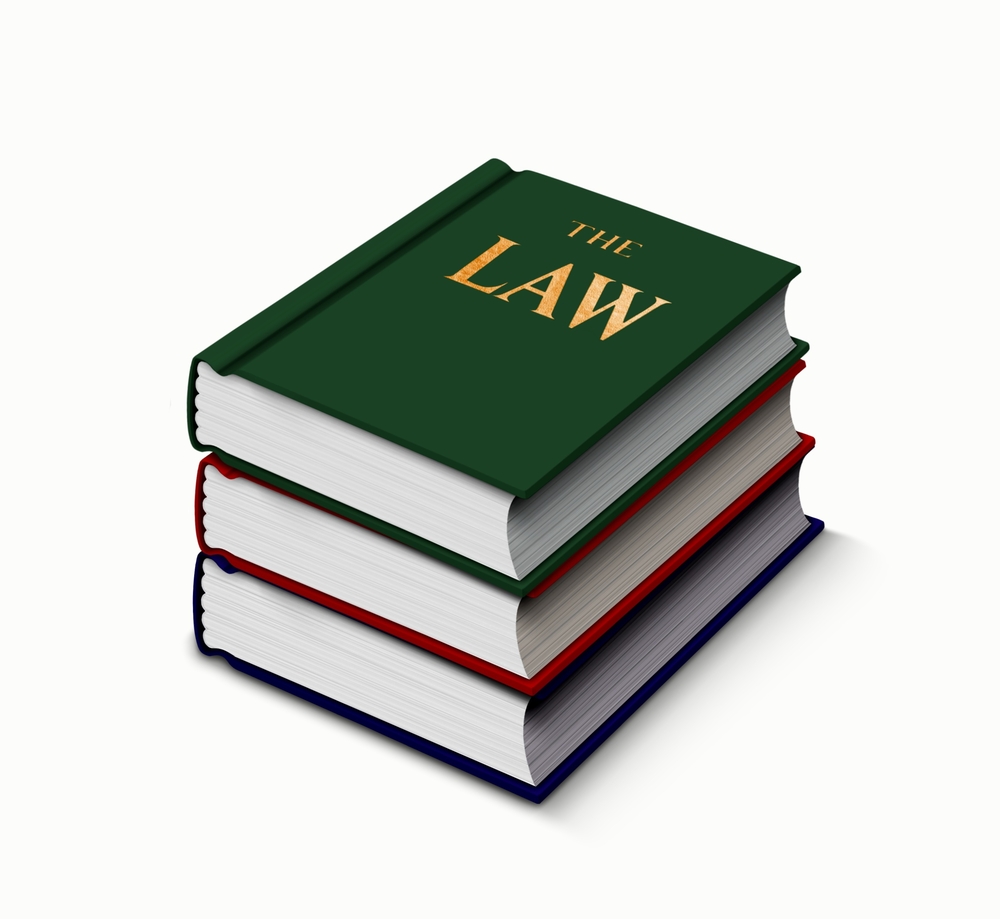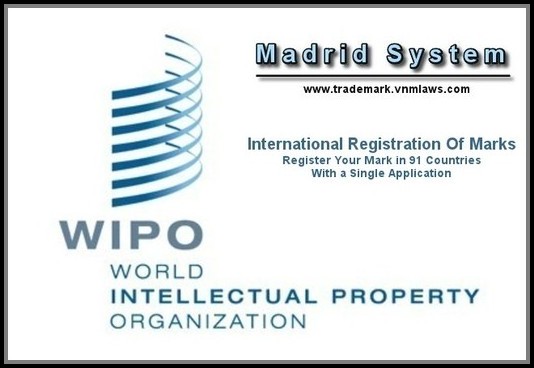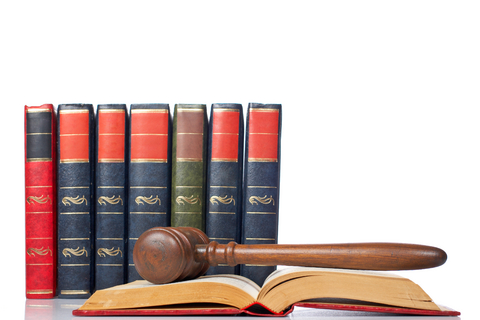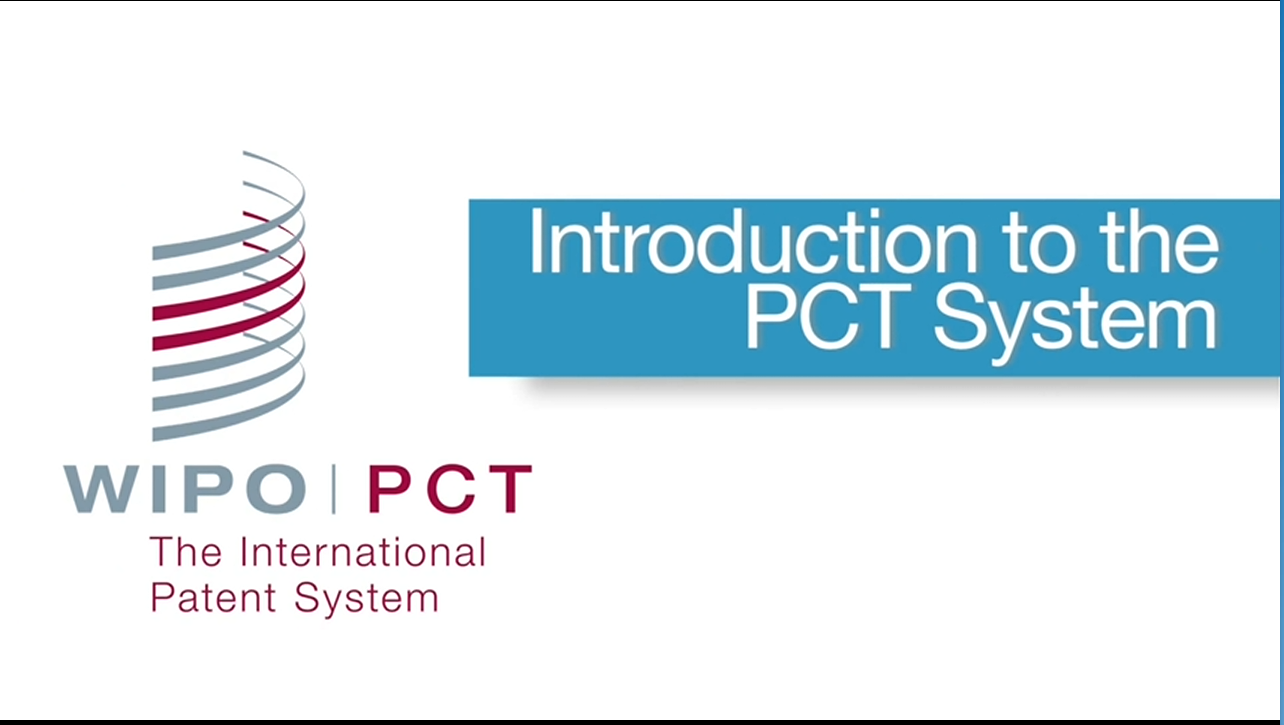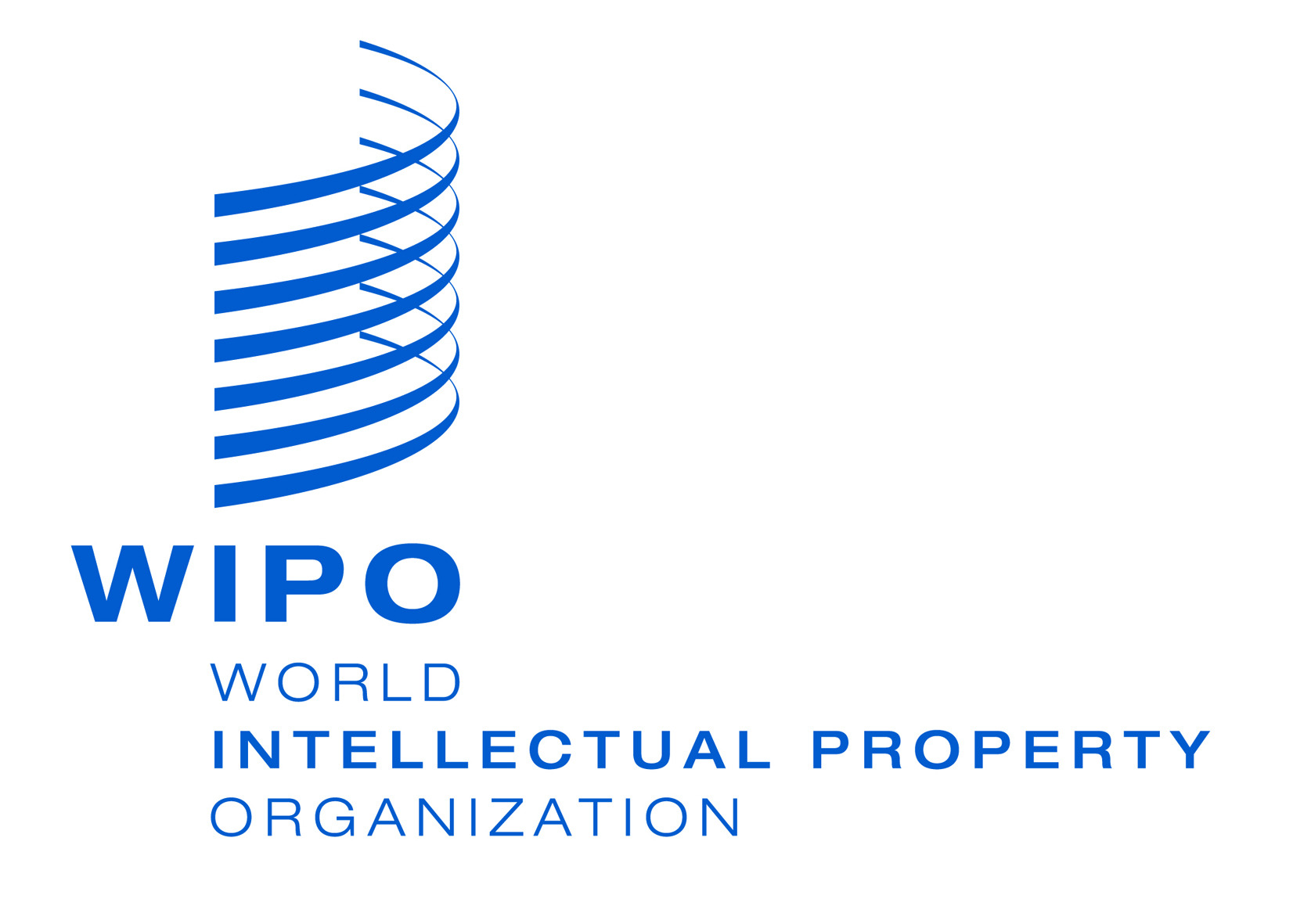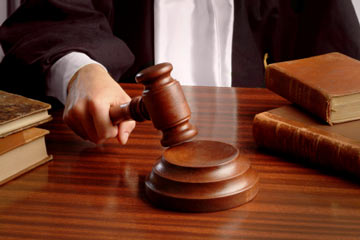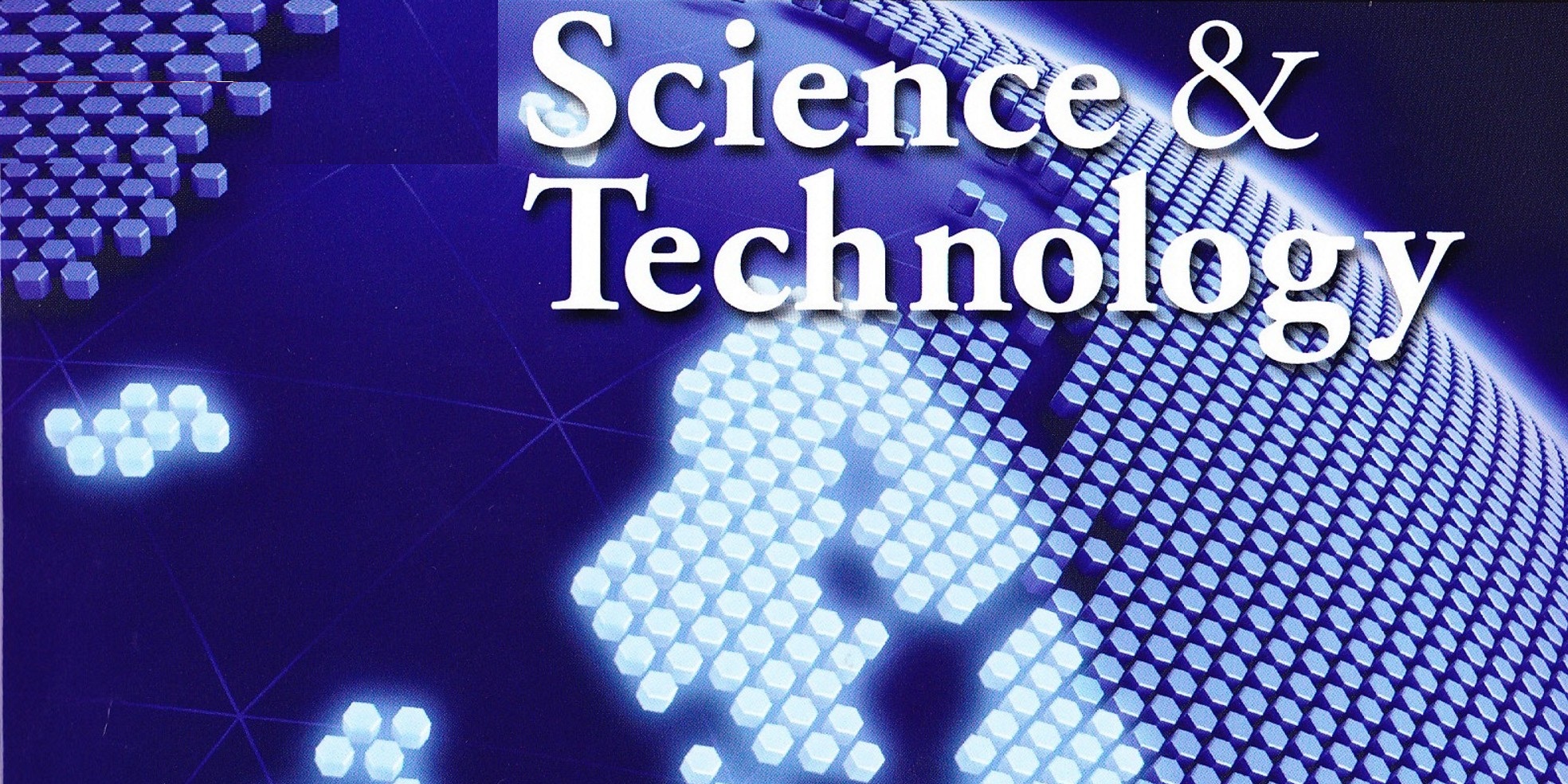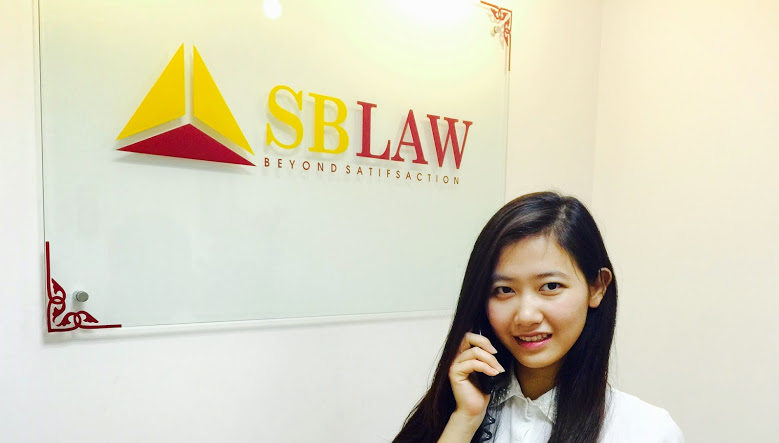Bern Convention for the Protection of Literacy and Artistic Works was adopted on September 9, 1886 and came into force in December, 1887. The Bern Convention is composed of 38 articles regulating issues on protecting of literary and artistic works and an appendix. This Convention deal with the protection of works and the rights of their authors. Bern Convention spends concession for developing countries that want to make use of it throughout the appendix “ Special provisions regarding developing countries” which consists of 6 articles.
Click here to read the Convention:
http://www.wipo.int/treaties/en/text.jsp?file_id=283698


